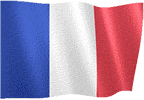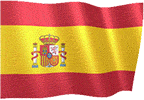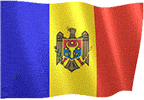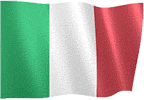 Baron D'Arignac Sparkling (Wine / France / Languedoc)
Baron D'Arignac Sparkling (Wine / France / Languedoc)
 Castell De Calders Cava (Wine / Spain)
Castell De Calders Cava (Wine / Spain)
 Frissé Frizzante (Wine / Spain)
Frissé Frizzante (Wine / Spain)
 Grandial (Wine / France / Languedoc)
Grandial (Wine / France / Languedoc)
 Milestii Mici (Wine / Moldova)
Milestii Mici (Wine / Moldova)
 Nando Fragolino (Wine / Italy / Piedmont)
Nando Fragolino (Wine / Italy / Piedmont)
 Neyah Gold Passion (Wine / Spain)
Neyah Gold Passion (Wine / Spain)
 Plus and Plus Cava (Wine / Spain / Penedes)
Plus and Plus Cava (Wine / Spain / Penedes)
 Santero (Wine / Italy / Liguria)
Santero (Wine / Italy / Liguria)
 Sovetskoe Shampanskoe (Wine / Lithuania)
Sovetskoe Shampanskoe (Wine / Lithuania)
 Veglio (Wine / Italy / Piedmont)
Veglio (Wine / Italy / Piedmont)
 YO Sparkling (Wine / Moldova)
YO Sparkling (Wine / Moldova)
Sparkling wine is a wine with significant levels of carbon dioxide in it making it fizzy. The carbon dioxide may result from natural fermentation, either in a bottle, as with the méthode champenoise, in a large tank designed to withstand the pressures involved (as in the Charmat process), or as a result of carbon dioxide injection.
Sparkling wine is usually white or rosé but there are many examples of red sparkling wines such as Italian Brachetto and Australian sparkling Shiraz. The sweetness of sparkling wine can range from very dry "brut" styles to sweeter "doux" varieties.
The classic example of a sparkling wine is Champagne, but this wine is exclusively produced in the Champagne region of France and many sparkling wines are produced in other countries and regions, such as Espumante in Portugal, Cava in Spain, Franciacorta, Trento DOC, Oltrepò Pavese Metodo Classico and Asti in Italy (the generic Italian term for sparkling wine being spumante) and Cap Classique in South Africa. Most countries reserve the word Champagne for a specific type from the Champagne region of France. The French terms "Mousseux" or "Crémant" are used to refer to sparkling wine not made in the Champagne region. German, Austrian, and Czech sparkling wines are called Sekt. The United States is a significant producer of sparkling wine with producers in numerous states. Recently the United Kingdom, which produced some of the earliest examples of sparkling wine, has started producing sparkling wines again.
